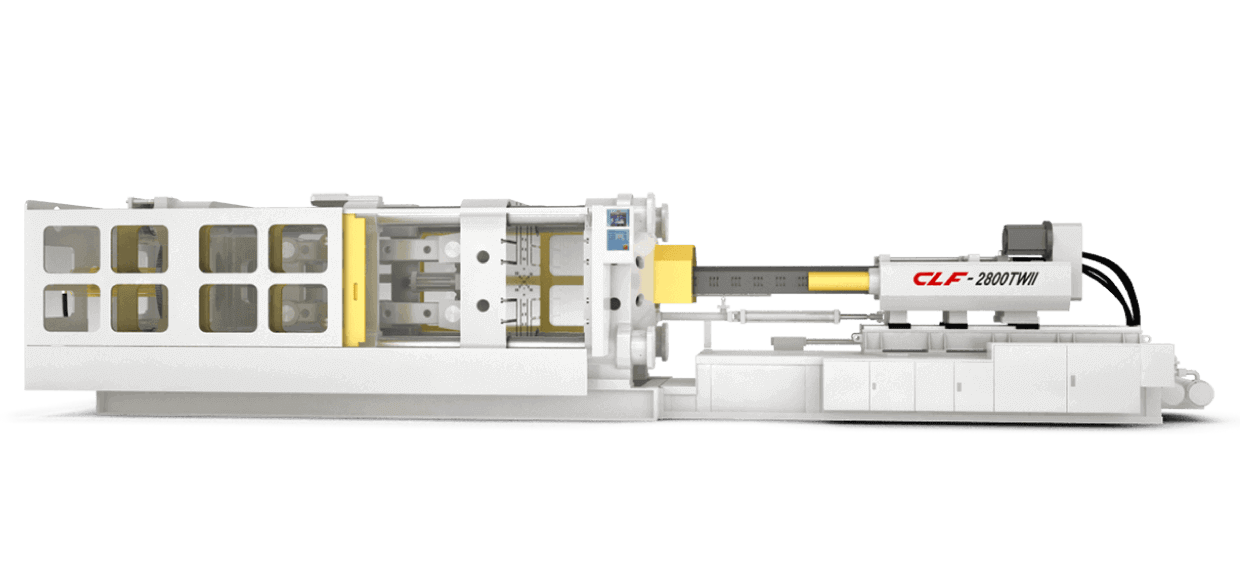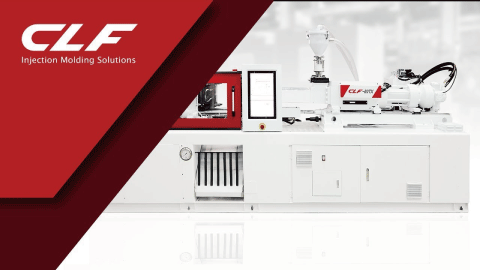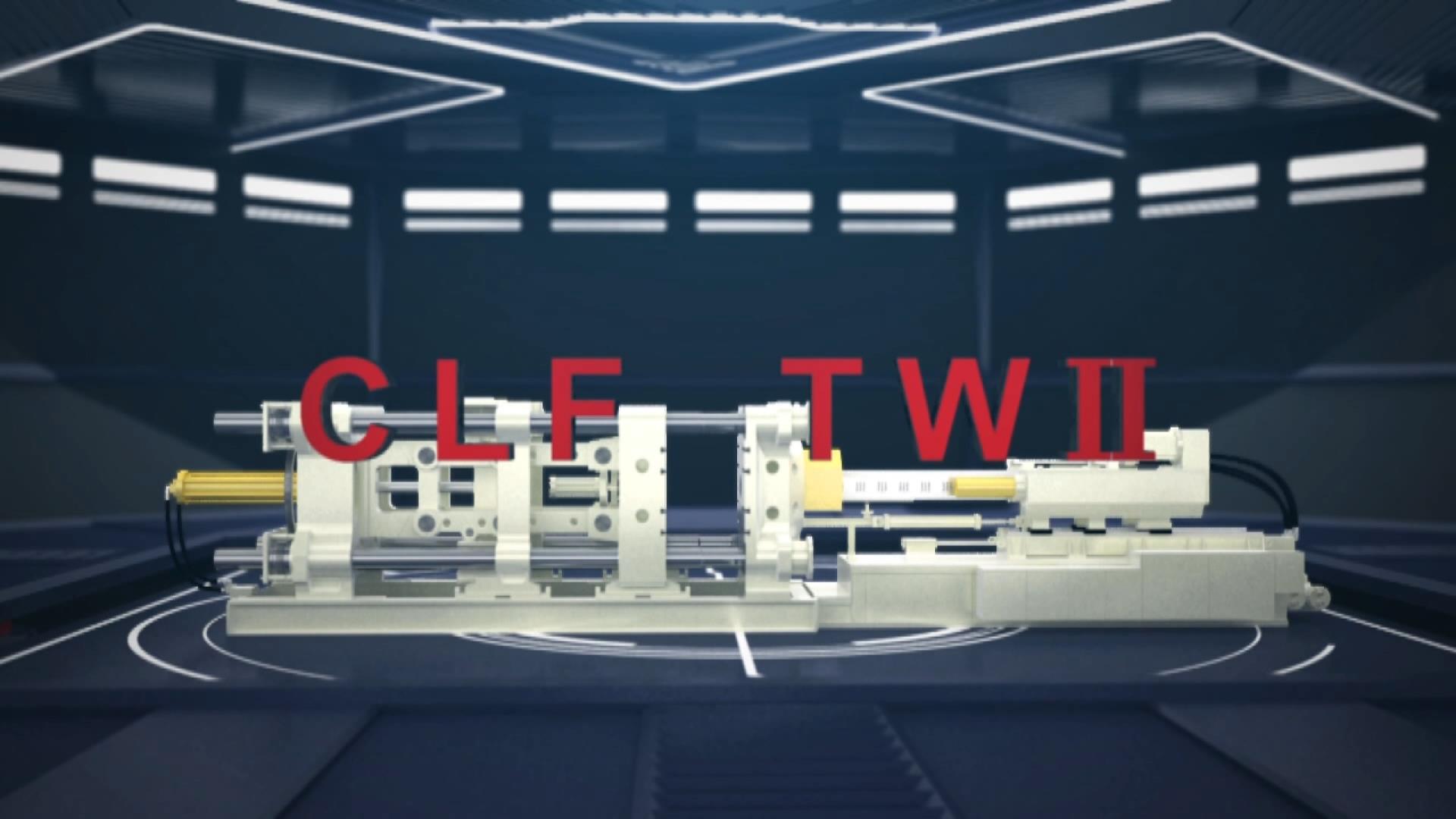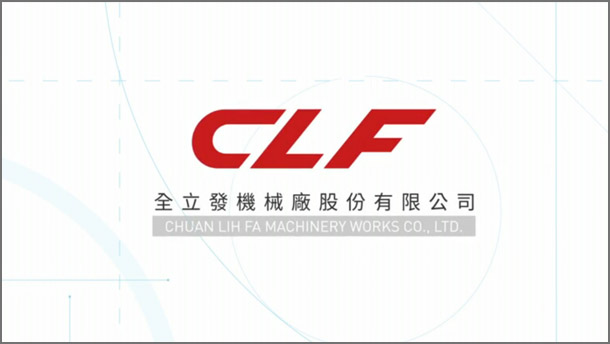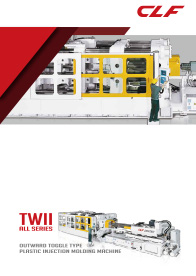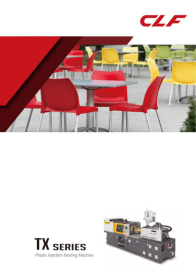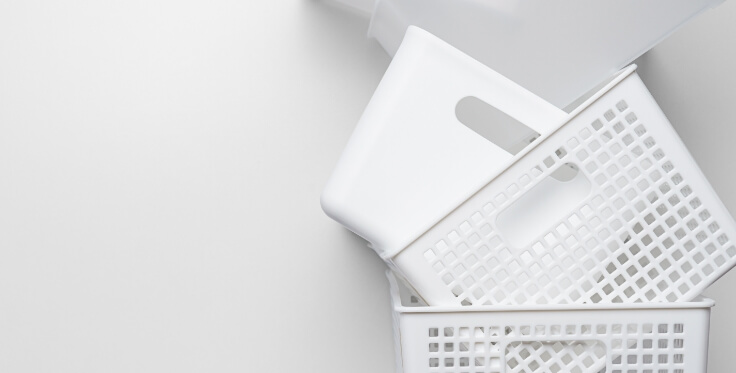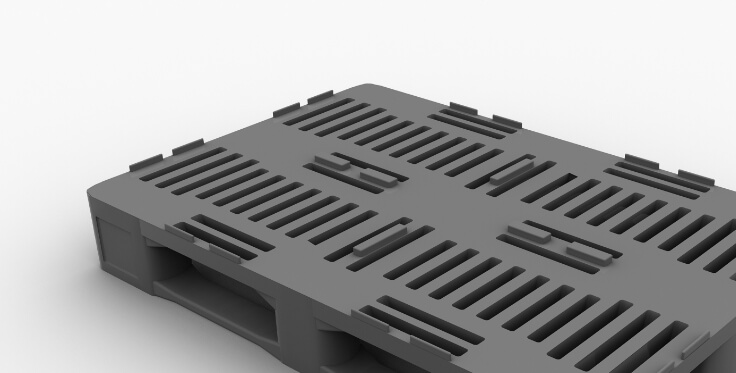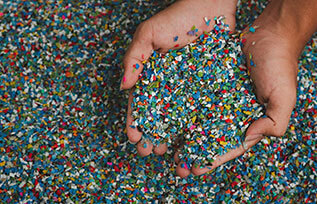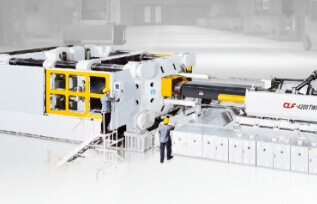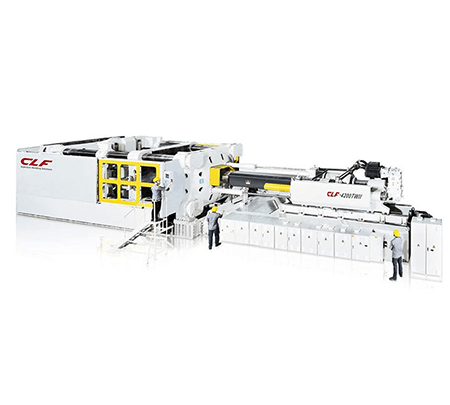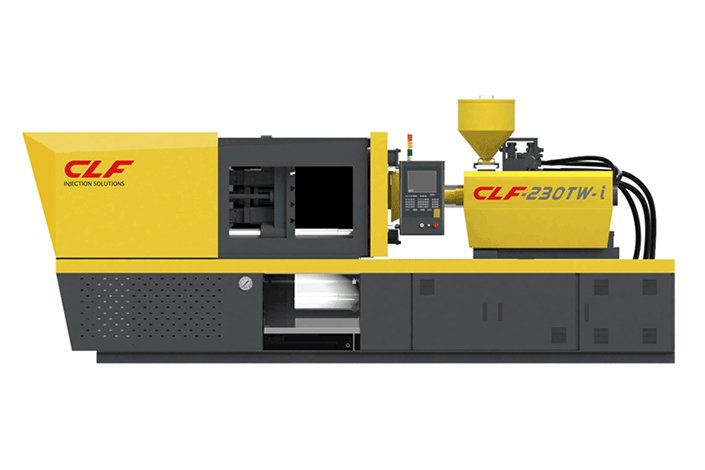Plastic Chair Making Machines
CLF’s TWII (Outward Toggle) and TX (Toggle) series injection molding machines are designed for high-volume plastic chair production. With robust clamping performance, precise injection control, and energy-efficient operation, these machines ensure chairs with excellent structural integrity, smooth surfaces, and consistent quality.

What is a Plastic Chair Making Machine?
A plastic chair making machine is a high-tonnage injection molding machine built to produce durable, load-bearing chairs such as monobloc seating, stackable chairs, and outdoor furniture. CLF’s TWII and TX series deliver the strength, stability, and efficiency required for continuous mass production.
Why CLF Plastic Chair Making Machines are the Right Choice?
Built for large, single-piece furniture applications, CLF machines combine strength, precision, and durability. Key features include:
-
Unmatched Clamping Precision:
For large, single-piece parts like chairs, a rigid clamping unit is essential to prevent warping and flashing. The TX series features a "Rigid multi-plates 5-point toggle mechanism" and "High-stiffness box-frame platens" to ensure consistent clamp loads and near-zero deformation under full pressure. The TWII series uses an outward toggle design that provides "minimum deformation of mold platen and accurate flatness", which is excellent for achieving the smooth surface quality required for furniture. The clamping force for the TWII series ranges from 100-5000 tons, while the TX series ranges from 60-1200 tons. -
Dynamic Injection Control for Flawless Details:
CLF machines are equipped with advanced control systems that enable precise melt delivery, crucial for filling large molds with varying wall thicknesses. The TX series features a "High plasticizing and better mixing screw" and a dual-cylinder injection unit with an extra stable slide to ensure superior material flow. The TWII series utilizes a "low-friction linear slide design" to provide "stable injection" and "high precision molding". -
Perfect Suit for Large Molds:
Chair molds are often large and require significant space. Both the TWII and TX series are designed with "extra long mold opening stroke" and "big installation space of mold" to accommodate these requirements. This thoughtful design simplifies mold installation, maintenance, and automated demolding, minimizing setup times and maximizing operational efficiency. -
Intelligent Energy Management:
Committed to sustainable and cost-effective manufacturing, CLF machines integrate intelligent energy management. The TX series adopts a "servo energy-saving system," while the TWII series features a "Plasticized electric servo motor," both of which significantly reduce power consumption during non-injection phases. This targeted energy optimization translates into substantial operational cost savings for high-volume chair production. -
Enduring Reliability through Superior Quality of Production:
For high-volume production of items like plastic chairs, a machine's long-term reliability is paramount. CLF machines are built to withstand the rigors of continuous operation, thanks to our unwavering commitment to manufacturing quality. We oversee every detail, from the selection of high-quality materials to the precision machining of critical components like mold platens and tie bars, which is done in-house on top-tier Japanese and domestic machine tools. This meticulous process ensures a machine that not only delivers consistent performance day-in and day-out but also offers a long service life and exceptional durability.

Technical Specifications
CLF offers a wide range of specifications to meet different chair molding requirements.
| Series | Clamping Force | Screw Diameter | Max Mold Size | Injection Weight(PS) | Energy System |
|---|---|---|---|---|---|
| TX | 60–1200 tons | 25–105 mm | Up to 1250 mm | Up to 3905 g | Servo system |
| TWII | 100–5000 tons | 30–230 mm | Up to 2600 mm | Up to 50096 g | Servo motor |
Reference Parameters by Chair Type
| Chair Type | Recommended Tonnage | Shot Weight | Cycle Time |
|---|---|---|---|
| Small kids’ chair | 250–500 tons | 500–1500 g | 60–90 sec |
| Standard monobloc | 600–1000 tons | 1500–3000 g | 50–60 sec |
| Large outdoor chair | 800–1300 tons | 3000–5000 g | 90–120 sec |
Cycle times typically range between 50–120 seconds, with shot weights from 1500–5000 g, depending on chair design.
(Note: Values for reference; final machine selection depends on mold design & material.)
Materials Used in Plastic Chair Production
Material selection directly impacts chair strength, durability, and outdoor performance.
- Polypropylene (PP): Most common material, lightweight, cost-effective, and easy to mold.
- Reinforced Compounds: Glass- or talc-filled PP for stronger, premium chairs.
- Recycled Plastics: Sustainable option with proper process adaptation.
- UV Masterbatch: Enhances weather resistance and prevents color fading in outdoor use.
Applications: Where CLF Machines Excel for Chair Molding
CLF Plastic Chair Making Machines are widely used in the production of furniture and seating solutions.
- Single-piece plastic chairs and seating
- SIndoor and outdoor chairs
- SStackable chairs and stools
- SSeating components for furniture assemblies
- SOther large furniture parts
Case Example:
A client in the USA produces over 10,000 stackable chairs per day using a 1500T TWII series, achieving a 25% boost in output and 20% energy savings.
Customization & Options
Flexible configurations allow manufacturers to adapt to different chair designs and market needs.
- Compatible with dining, folding, stackable, and outdoor chair molds
- Multi-cavity mold options for increased productivity
- Robotic integration for automated demolding
FAQ
Q1: What tonnage is best for molding monobloc plastic chairs?
Most monobloc chairs require a clamping force in the 600–1000 ton range, depending on design and wall thickness.
Q2: What cycle times and shot weights affect chair production speed?
Typical cycle times range from 50 to 120 seconds, with shot weights from 1500–5000 g. Optimized cycles reduce cost-per-part and increase output.
Q3: Which raw materials deliver the best strength and UV resistance?
Polypropylene with UV masterbatch is standard for outdoor chairs. Glass- or talc-filled compounds are recommended for premium, heavy-duty applications.
Q4: How will automation trends change chair molding costs and labor?
Automation minimizes defects, lowers labor dependency, and enables consistent 24/7 production, reducing long-term operational costs.


